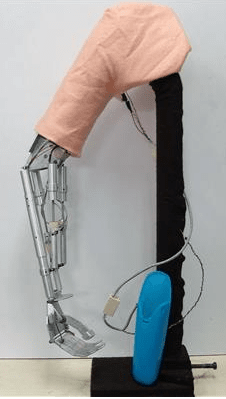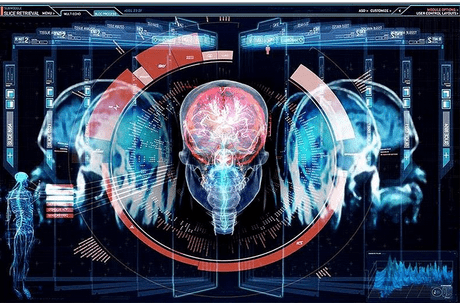New Prosthetic Arm Works By Recognizing Memories Of Original Arm Movements
Mexican scientists at the Centre for Research and Advanced Studies (CINVESTAV) are trying to build a prosthetic arm that can move when the human brain thinks about its motion. The team hopes that this design will recognize and try to associate with the memory of the arm’s movement stored in the amputee’s brain. It will translate these memory patterns into a set of instructions for the prosthetic arm. These instructions will act as a guideline for the prosthesis’ physical movements.

The memory of knowing how to move the arm in the amputee’s brain is the first and the most important stage as the electric signals for the prosthetic arm movement won’t be coming from the muscles that forms the stump but from the movement patterns of the brain. The task of tracking the memory of movement pattern is not an easy job as the brain stores multiple activities that occur in the human body. Still, the team has tried to draw that pattern. The researchers studied the required patterns in the Electroencephalography (EEG) and then identified the memory that can be electrically recorded. After that, they evaluated the sensitivity of the signals to external shocks such as light.

According to the researchers, the prosthesis needs mechanical and electronic system to activate it along with a segment which will help to elucidate the signals from the brain. The material which will be used to develop the prosthetic arm is not yet finalized as it must weigh between two to three kilograms; the same as an actual arm’s weight.

This unique and novel development will provide a new dimension to the field of bioelectronics called BCI (Brain Computer Interface) as it provides a direct communication between the human brain and the external device connected to it. The main objective of this type of communication is to help or repair the human motor and sensory functions.
source: #-Link-Snipped-#
The memory of knowing how to move the arm in the amputee’s brain is the first and the most important stage as the electric signals for the prosthetic arm movement won’t be coming from the muscles that forms the stump but from the movement patterns of the brain. The task of tracking the memory of movement pattern is not an easy job as the brain stores multiple activities that occur in the human body. Still, the team has tried to draw that pattern. The researchers studied the required patterns in the Electroencephalography (EEG) and then identified the memory that can be electrically recorded. After that, they evaluated the sensitivity of the signals to external shocks such as light.
According to the researchers, the prosthesis needs mechanical and electronic system to activate it along with a segment which will help to elucidate the signals from the brain. The material which will be used to develop the prosthetic arm is not yet finalized as it must weigh between two to three kilograms; the same as an actual arm’s weight.
This unique and novel development will provide a new dimension to the field of bioelectronics called BCI (Brain Computer Interface) as it provides a direct communication between the human brain and the external device connected to it. The main objective of this type of communication is to help or repair the human motor and sensory functions.
source: #-Link-Snipped-#
0
